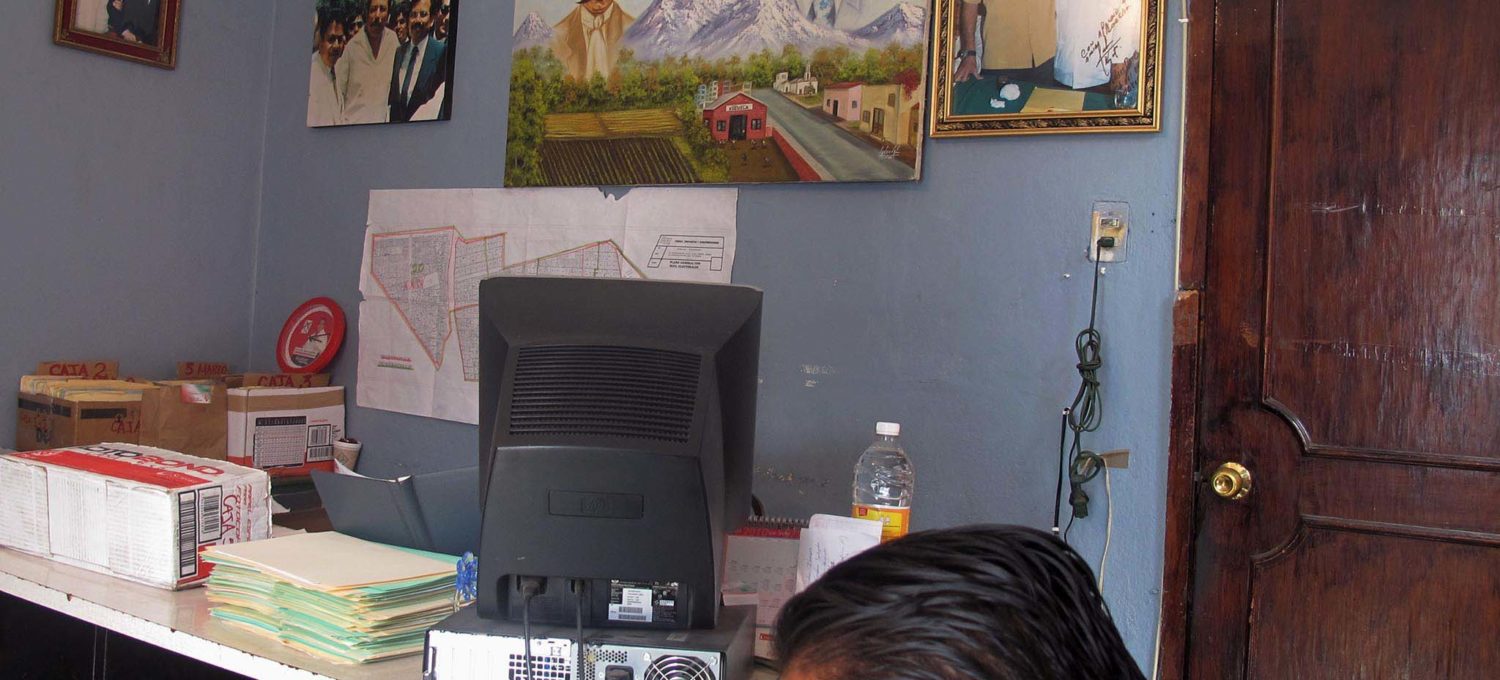I woke up in the Blue Plaza Hotel amid the rectangular grid of Ciudad Nezahuacóyotl, famous city of squatters. Leaving the hotel I walked to a stand selling orange juice. A little old lady sat behind it. I asked her about the safety in notorious Ciudad Neza. She said it was dangerous; there was violence all the time. Then she smiled and said that at least it wasn’t boring. She liked the action.
I knew Ciudad Nezahualcóyotl had many migrants from the state of Oaxaca in south, from the various Oaxacan indigenous communities: Zapotecs, Mixes, Mixtecos. As I stood among the colorful graffiti’s, varied commerce and bleak streets of the municipality, I thought I’d try to find an Oaxacan leader. I walked back to the Bordo de Xochiaca where I had seen a sign with the name of an Oaxacan organization by a basketball court in the long urban park running through the middle of the Avenida Bordo de Xochiaca. But the leaders were not there. I asked where else I might find someone to help me and they suggested I go to an office by the municipal palace. I walked back over the square grid to the east with the Chimalhuachi, its peak carved up by a gravel quarry looming in the distance.
I reached the municipal square, modern with walls and steps around a graffiti filled square covered with pre-Hispanic themes, symbols, idols and warriors. This square was surrounded by different government entities. In the streets running along it were all kinds of offices offering legal services, the typing of letters, copies, internet and so on. Among these low, buzzing little storefronts with their various conjugations of clerkly affairs was the representation of the State of Oaxaca in Ciudad Nezahualcóyotl. They were currently registering Oaxacan migrants in Neza to vote in the Oaxacan elections.
A young girl sat at a desk before a curtain that led to the back offices. There I found the director of the office, Rogelio Vargas. He was 70 years old with receding black hair, robust, moving like a much younger man. With the effortless balance of a polite, elderly cat he showed me into his office. The brown walls were decorated with photographs of politicians and newspaper clippings. He sat behind a wooden desk.
He told me he was one of the founders of Ciudad Nezahualcóyotl, one of the pioneers who built this vast city on salty swamp and dustpans. He had arrived here from Oaxaca in the fifties. He had been among the first to protest the quotas the first pioneers were paying to the informal real estate brokers who owned the land in representation of people in the Mexican military in the six-year presidency of Gustavo Díaz Ordaz from 1964 to 1970.
A man came in and the settler leader turned to him to attend him in my presence. The man said that he had heard that 27 Central Americans had been registered in the Oaxacan elections as Oaxacans. He said that they had to be very careful with this kind of thing and should not allow it to happen. The leader, dressed like an old-fashioned politician, casually in slacks and blazer, retained his poker face. He made no reaction at all, thanked his deputy for coming and led him out of the office.
The true political consciousness of Ciudad Nezahualcóyotl arose from the revolt of the people living on the land and paying for these plots in the complete absence of public services and infrastructure such as paved roads and drainage in the late sixties. After many years they were tired of endless down payments. Finally they were given the land-titles through the intercession of the wife of President Echeverría in the early seventies.

I explained to him about my walk. I told him I had met various leaders on my route. He listened with interest to my account of the political situation in neighboring Chimalhuacán and Iztapaluca. We went through the basic organization of informal colonization. The political leader is the intermediary between politicians offering public services and settlers who need these services. The political leader of the settlers basically trades the settlers’ votes for public services. The quality of a political leader lies in his or her ability to mobilize the vote. People or organizations that are very effective at mobilizing voters, such as Antorcha Campesina, are also very strong negotiators for public services such as drainage, pavement and water. He said that there were all kinds of political leaders from corrupt and authoritarian to truly honest and committed.
Another important player is the fraccionador, the person who sub-divides the lots and sells them by monthly installments to the settlers, who after years of payment get the deed. Sometimes they were partners of the politicians themselves. In the Oaxacan politicians experience these rarely were the same person as the political leader. The vote and the real estate transaction were kept relatively separate.
A group of men walked in and sat down on metal folding seats along one wall. They discussed how to get the vote in Los Reyes. In the end they decided to build a shrine to the Oaxacan Virgin of Juquila in one of the neighborhoods. The governor could inaugurate it. That would work to get out the vote. They left chortling over their own invention.
And so the afternoon proceeded with a steady stream of visitors. Deputies, owners of small businesses, people who needed help with their papers all sat down and in the course of apparently leisurely conversation were assisted by the trim old man with his weathered poker face and watchful black eyes. He told me that state elections were about power for the sake of power, a dirty but necessary game.
He accompanied me as we left the office. He rubbed his hands together excitedly and happily. That’s politics, he said, and departed for other meetings.
I stood in the center of Neza, a huge concrete grid standing in my path and remembered it had been once called “Nezahual-lodo”, the city of dust and mud.
